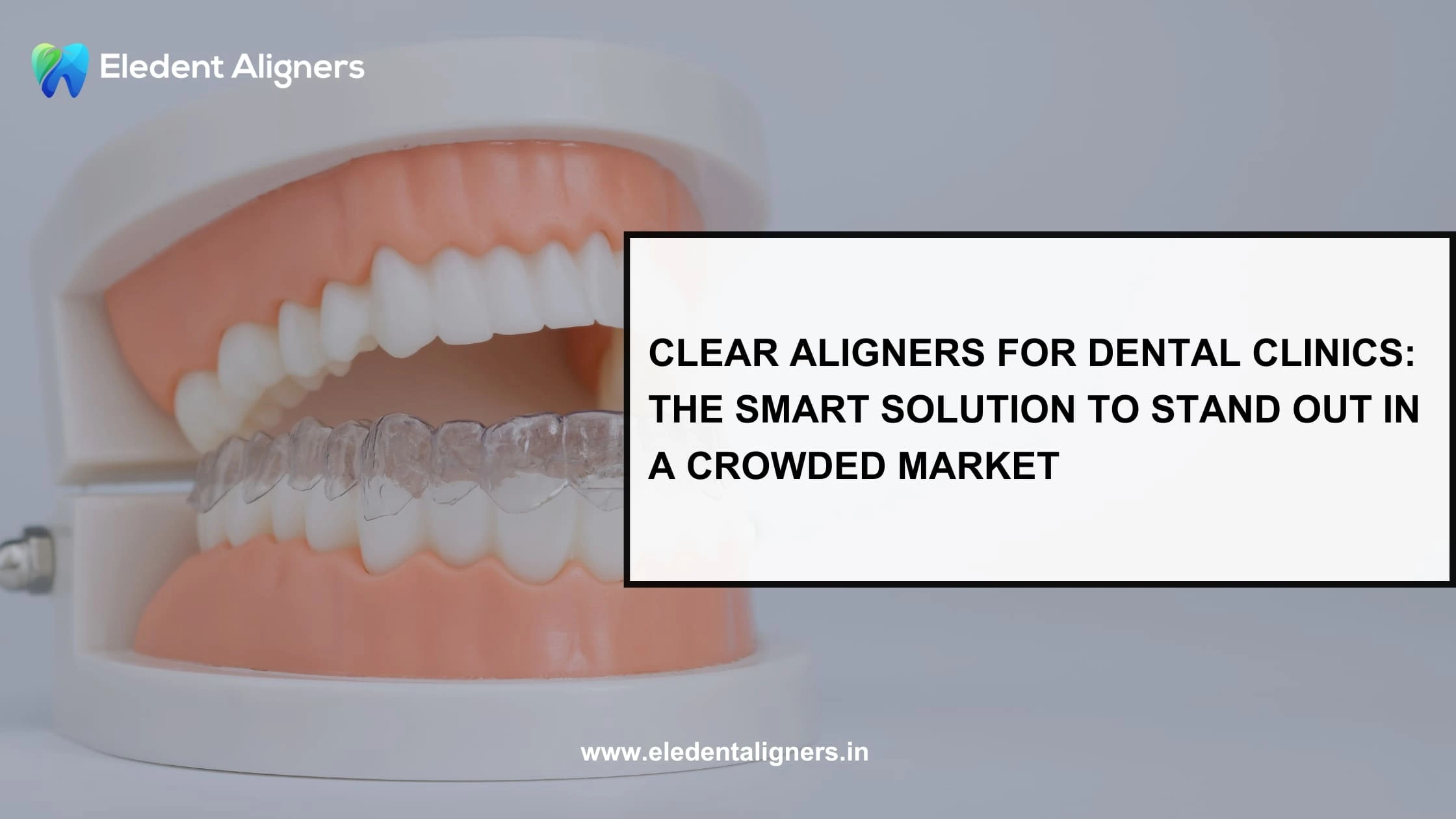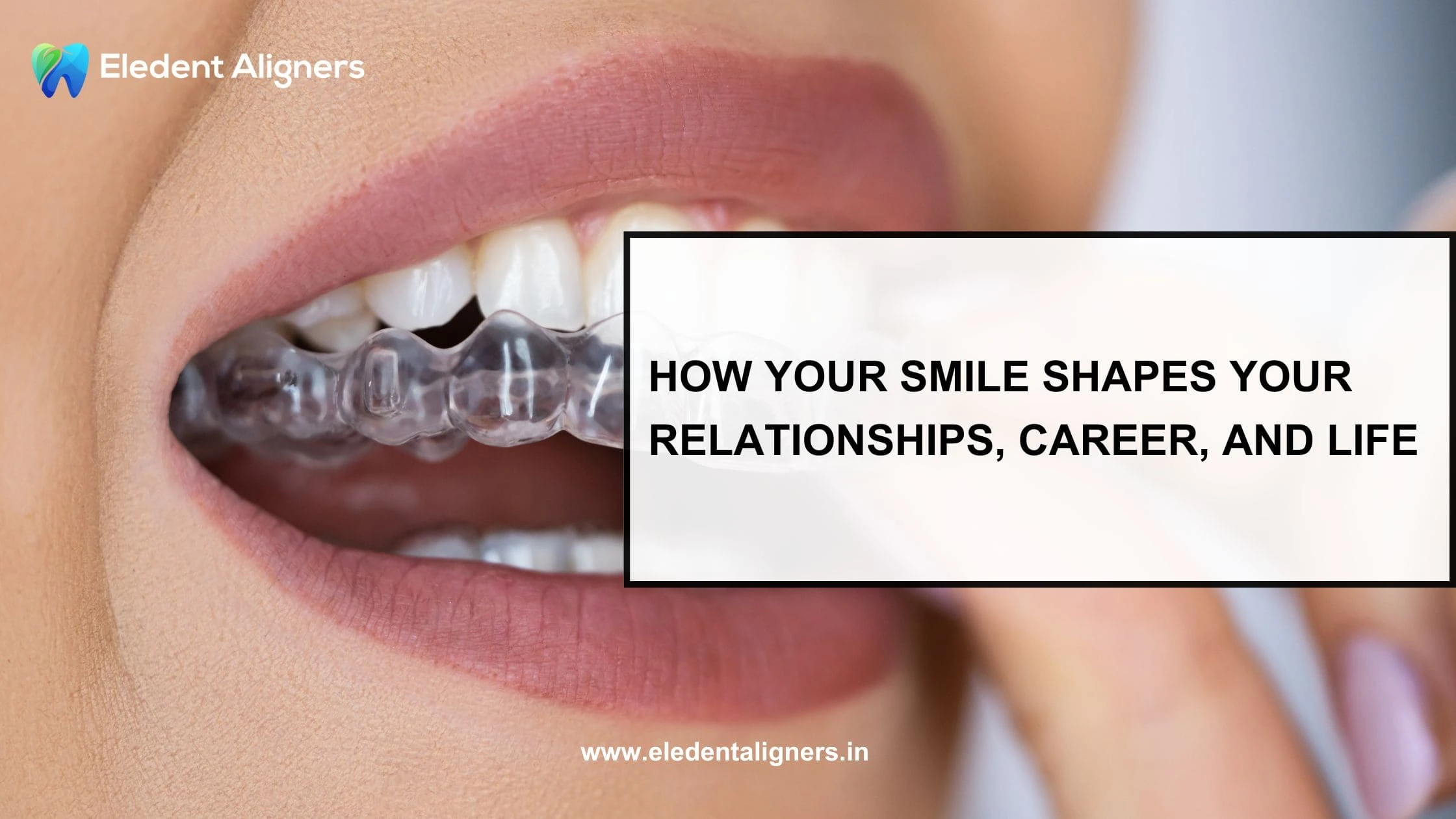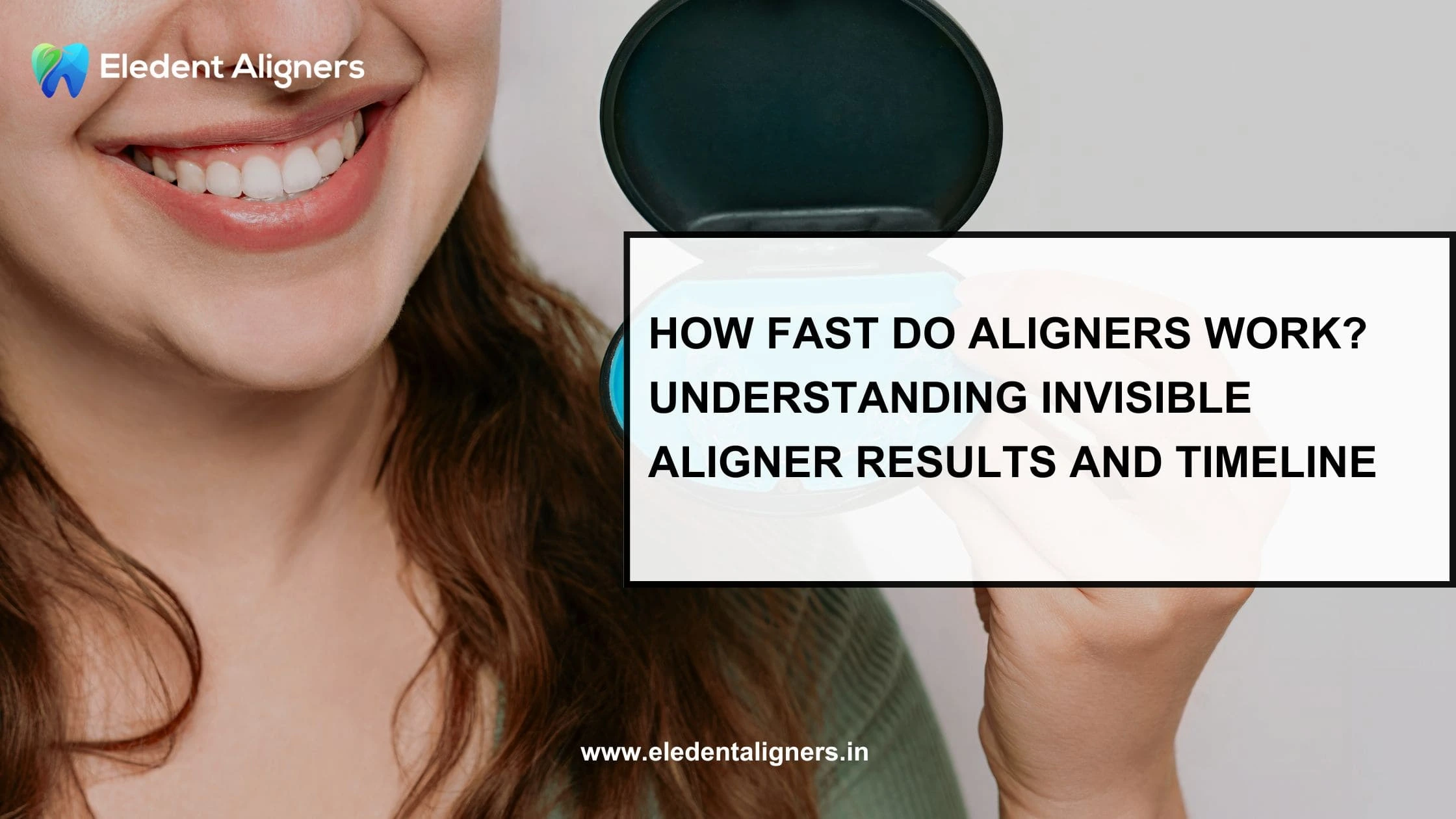What Are Aligners?
Aligners are clear, removable trays that gently move teeth into their correct positions. They’re custom-made from a 3D scan or mould of the patient’s mouth and are replaced every few weeks as teeth shift. Think of aligners as the active phase of treatment. They don’t just hold teeth, they move them.Key points to remember:
- Made from transparent, medical-grade plastic
- Worn 20–22 hours a day for consistent movement
- Switched every 10–14 days
- Designed to correct crowding, spacing, and bite issues
What Are Retainers?
Once the teeth are perfectly aligned, the job isn’t over. Now comes the holding phase, and that’s where retainers step in. A retainer is a device that helps teeth stay in their new position after treatment. It gives the surrounding bone and tissues time to adapt to the new alignment. Without it, the teeth can drift back, undoing months of progress.Types of retainers:
- Removable retainers: Made from clear plastic or acrylic. Worn mostly at night.
- Fixed retainers: A thin wire bonded behind the teeth, offering continuous support.
Aligners vs Retainers: A Clear Comparison
Orthodontic Retainer vs Aligner: Why Both Matter
Here’s the thing, many patients think once their aligners are off, they’re done. But the orthodontic retainer vs aligner relationship is what determines lasting results. Aligners move the teeth. Retainers keep them where they belong. Without retainers, the bone and gums that supported old tooth positions can pull them right back. If you’ve ever seen a patient return a year later asking why their teeth shifted, it’s almost always a retainer issue. That’s why educating them about this difference early is key.Benefits of Aligners
Aligners have changed how orthodontics works. They’ve made treatment more approachable for both teens and adults. Here’s what makes aligners so effective:- Nearly invisible: Great for people who want discreet correction.
- Removable: Patients can eat their favourite foods and maintain oral hygiene easily.
- Comfortable: No brackets or wires to irritate the gums.
- Predictable: Digital scans show progress and expected outcomes.
- Fewer clinic visits: Less chair time, fewer emergencies.
Benefits of Retainers
Now, let’s talk about the quiet hero of the process, the retainer.- Holds results long-term: Prevents relapse after orthodontic correction.
- Allows tissues to adapt: Supports the bone and gum stability after movement.
- Simple to use: Just wear them at night or as prescribed.
- Custom fit: Each retainer is explicitly made for the patient’s post-treatment alignment.
Common Misconceptions About Aligners vs Retainers
Let’s clear up some confusion that many patients have:- Myth 1: “They’re the same thing.”
- Not true. Aligners move teeth; retainers hold them still.
- Myth 2: “Once my treatment is done, I don’t need retainers.”
- Skipping retainers can cause teeth to shift right back.
- Myth 3: “My aligners can double as retainers.”
- Aligners aren’t built for long-term stability, they’re temporary tools.
- Myth 4: “Teeth don’t move after adulthood.”
- Even adult teeth shift over time without proper retention.
Helping Patients Understand the Difference
If you’re an orthodontist, you know compliance is half the battle. A patient who understands why each step matters is more likely to follow through. Here’s how to make it easier:- Explain aligners vs retainers clearly from the start.
- Use before-and-after visuals to show what happens without retention.
- Create a retainer follow-up schedule.
- Offer simple care instructions in writing.
- Encourage patients to keep a spare retainer handy.
Care Tips for Patients
You can help your patients protect their investment by sharing these quick tips: For Aligners:- Rinse them after every meal.
- Brush gently with a soft toothbrush.
- Store in their case when not in use.
- Avoid hot water, it can warp the plastic.
- Clean with mild soap or retainer tablets (not toothpaste).
- Keep away from pets and heat.
- Replace if they feel loose, tight, or cracked.
- Wear as advised, skipping even a few days can cause shifting.
FAQs
- 1. How long should a retainer be worn after aligner treatment?
- Usually full-time for 3–6 months, then nightly. Some patients may need lifelong nighttime wear.
- 2. Can aligners be used as retainers?
- No. Aligners are active tools. Retainers are designed for stability, not movement.
- 3. What if a patient loses their retainer?
- They should contact their orthodontist immediately to get a replacement before any shifting occurs.
- 4. Do fixed retainers need maintenance?
- Yes. Regular dental cleanings and checkups ensure the wire stays intact and plaque-free.
- 5. How often should retainers be replaced?
- Every 1–3 years, depending on wear, or sooner if damaged.





